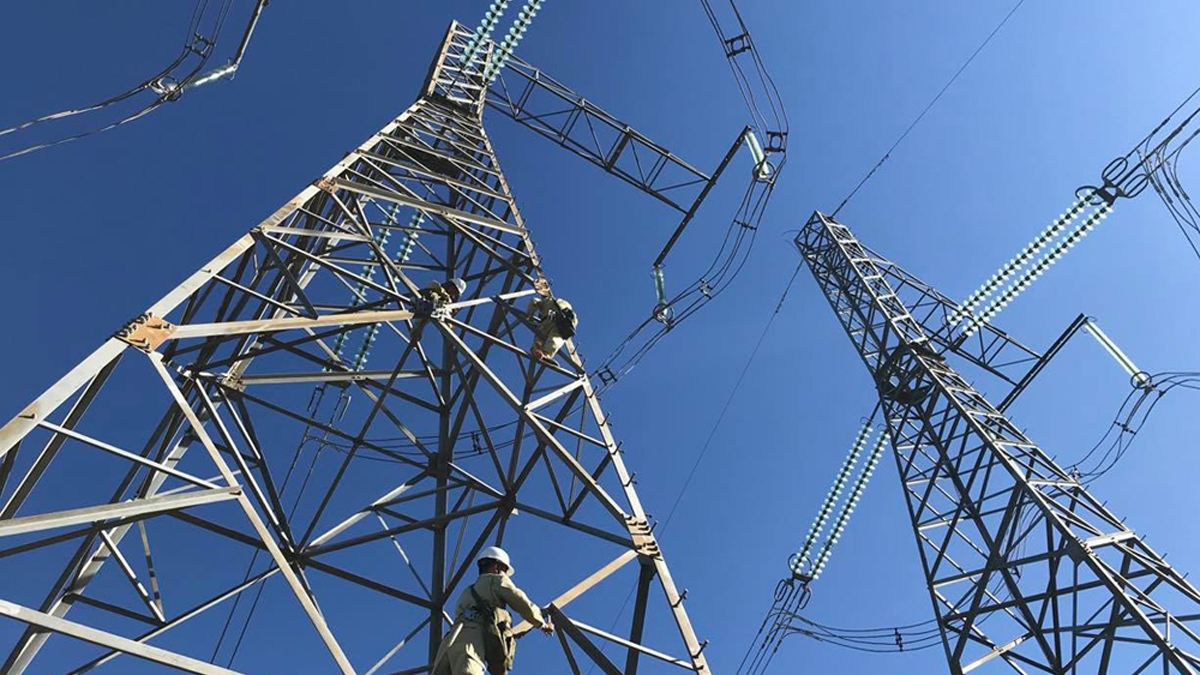
Pure drinking water supplication system directly integrating solar energy is one of the initiatives on clean water solutions – green energy for Vietnamese rural communities has been implemented and first introduced by Green Innovation and Development Centre (GreenID) at Nam Cuong commune, Tien Hai district, Thai Binh province since 2012. After a period of development, this combined model demonstrates practical benefits for rural people to access clean water with affordable costs using environment-friendly energy. So far, the model has been replicated in several localities in the North of Vietnam: Bac Hai and Nam Cuong commune, Tien Hai district, Thai Binh province; Hai Ha and Hai Chinh commune, Hai Hau district, Nam Dinh province and currently Tu Mai commune, Yen Dung district, Bac Giang province. This prose will focus on describing the model structure, operation principles and the benefits that this system brings.
I. Generalization
Clean water is always a top concern of the Vietnamese, especially in rural areas, where water is becoming increasingly difficult to reach due to the decline in the level of groundwater as well as polluted water is becoming more serious because of human activities. The overuse of chemicals in agricultural crop protection and industrial disposal waste, untreated livestock and human irrational exploitation of groundwater resources together with the impact of climate change are the direct causes that result in clean water increasing scarcity. In rural Vietnam, the water people use in daily life is mainly from ponds, rain water tanks and underground water taken from wells and boreholes. The percentage of people using tap water in rural areas is marginal. The use of this unguaranteed water is the cause of eye diseases, gastrointestinal diseases and other dermatological diseases ... Numerous studies as well as the practical results have shown that, using pollution of water sources poses potential risk of cancer. Therefore, the demand for clean water is becoming more urgent than ever.
In addition, the use of local energy resources such as coal, firewood and straw for water heating not only affect health but also contribute to air pollution.
Currently, many solutions to provide clean water for the people have been deployed to bring about practical benefits to the community. However, the projects focus primarily on the urban areas, and developed economic regions. As for people in rural communities, especially poor and vulnerable communities, access to clean water remains a pivotal concern. In that context, drinking water supplication models using RO technology and integrating strategic use of solar energy battery applied by GreenID solves not only the drinking water needs for rural communities but also the use of green energy sources, contributing to protecting the environment. In particular, the model offers the opportunity to have access to clean water with affordable price for the poor and vulnerable groups in society.
II. Model structures and operation principles
System structure includes a solar panel with a capacity of 1500W connected to grid systems and RO water purification system consisting of four machines with a total capacity of 750l / h.
The principle of operation of solar systems: solar system generates direct current power (DC power), electricity is led to power adapter (inverter). This inverter is connected to the grid. A meter is connected to the inverter to measure the amount of electricity produced by the solar system. Solar power current is connected to internal power system supplying electricity for the RO system. When the RO system is not working, the electricity produced will be used for other purposes.
The principle of operation of water purification systems using RO reverse filtration technology:
The system includes 4 machines with a capacity of each machine being 150 l / h. Source water from water supply stations is led through the column filtration to remove impurities and residue, and then relayed through other filtration columns such as: quartz sand column, activated charcoal column, cation column and anion column. Sand filter column removes suspended solids, iron and arsenic in the water part. Active carbon removes contaminants, COD, dissolved organic matter, heavy metal part, deodorant and residual chlorine. Cation column primarily functions to soften water, which means absorbing Ca 2+ and Mg 2+. Anion column functions to desalinate depending on the condition of each region to decide whether necessary or not. Then water is purifyied again, and transfered to RO column, reverse osmosis technology, in which the water will be purified and can be used for drinking and domestic purposes. In addition, to ensure pure water source, more of UV light disinfection and ozone disinfection machine against re-infection are needed in case the water is stored in the tank but unused.

III. Benefits
From the practical implementation, RO water supplication system using solar batteries has proven to bring a number of benefits as follows
- Supply drinking water directly for communities with affordable cost to most people in the rural areas of Vietnam, contributing to improving the quality of life of citizens.
- Demonstrate sustainable energy models contributing to raising community awareness of the use of renewable energy sources at their localities
- Make use of clean energy sources available locally, contributing to cost savings of electricity consumption
- Play as a response measure in the context of climate change to provide water under electricity grids loss or natural disasters
- Friendly to the environment, reducing greenhouse gas emissions.
- The investment cost of the system is not too large, around 400-500 million; depending on the size and capacity of the system, the system can be an appropriate option for rural communities in Vietnam to address the need of clean drinking water for people.
IV. Conclusion
RO water supplication system using solar energy with above practical in the future will be able to replicate in many localities in Vietnam, especially in areas with considerable potential for solar energy but often lacking clean water, and areas frequently affected by disasters.







.png)
